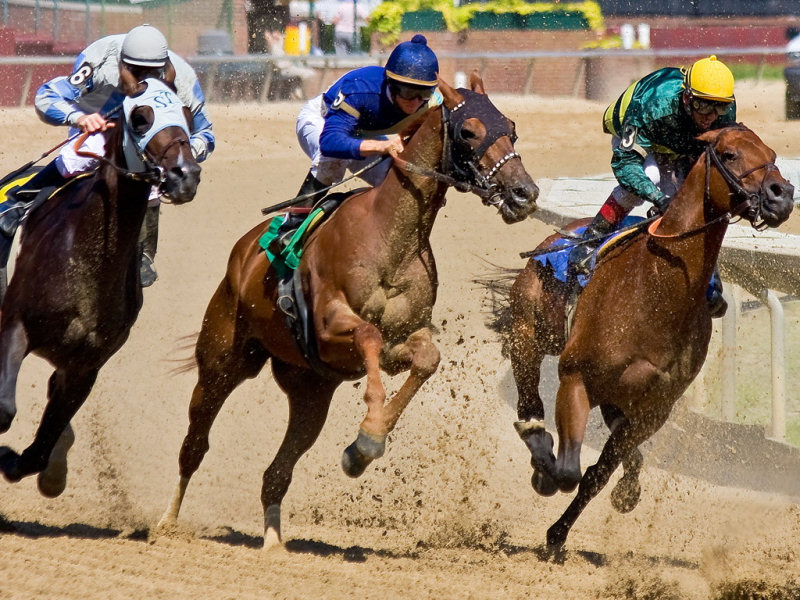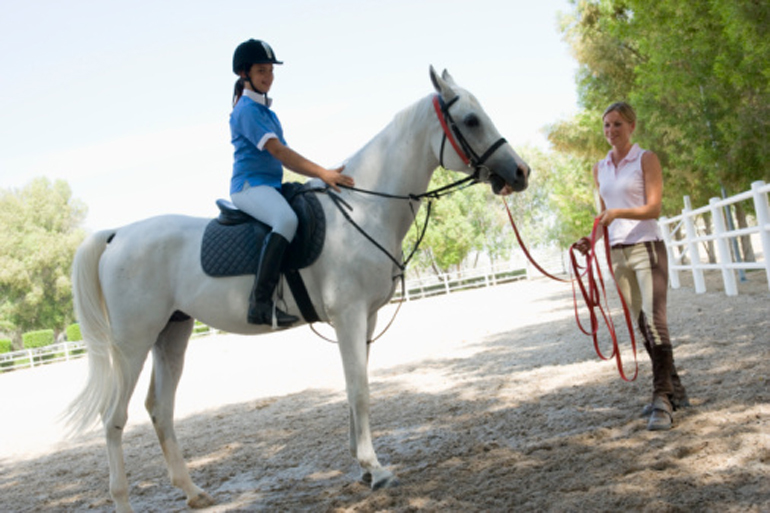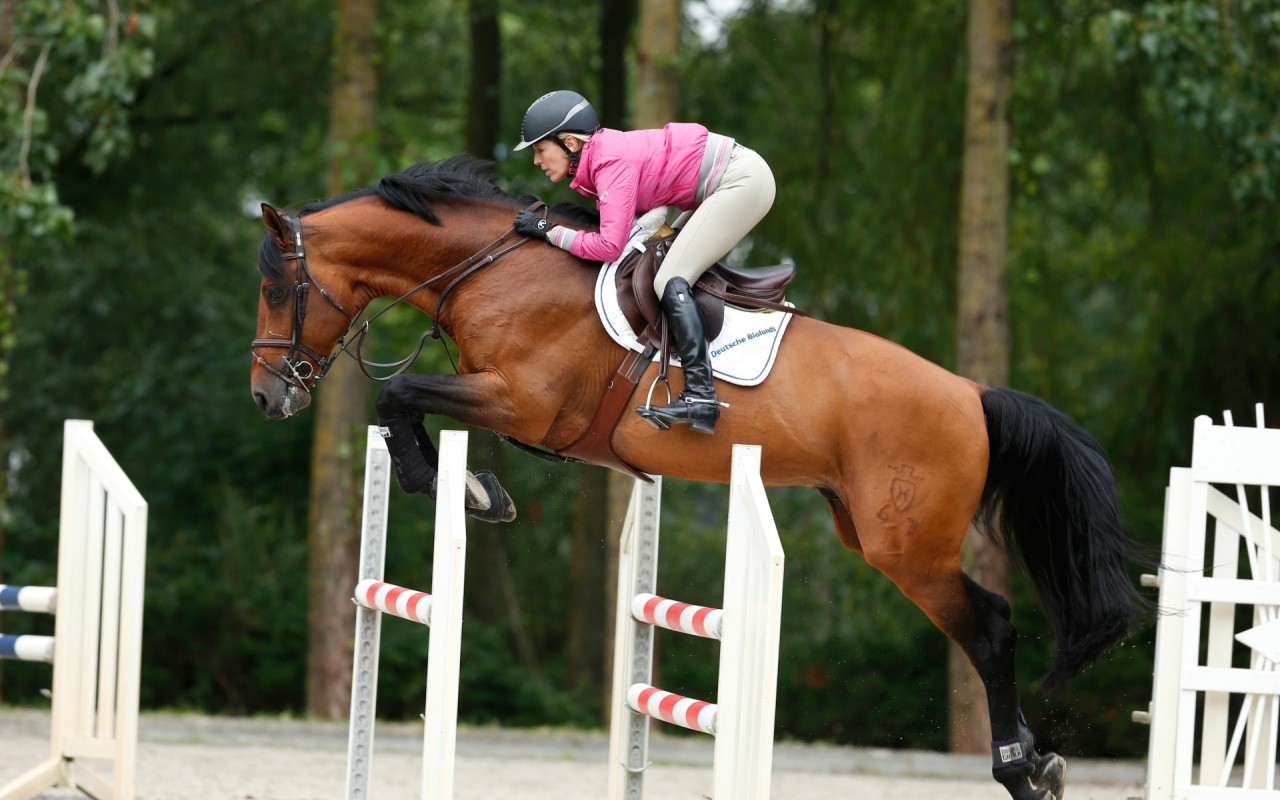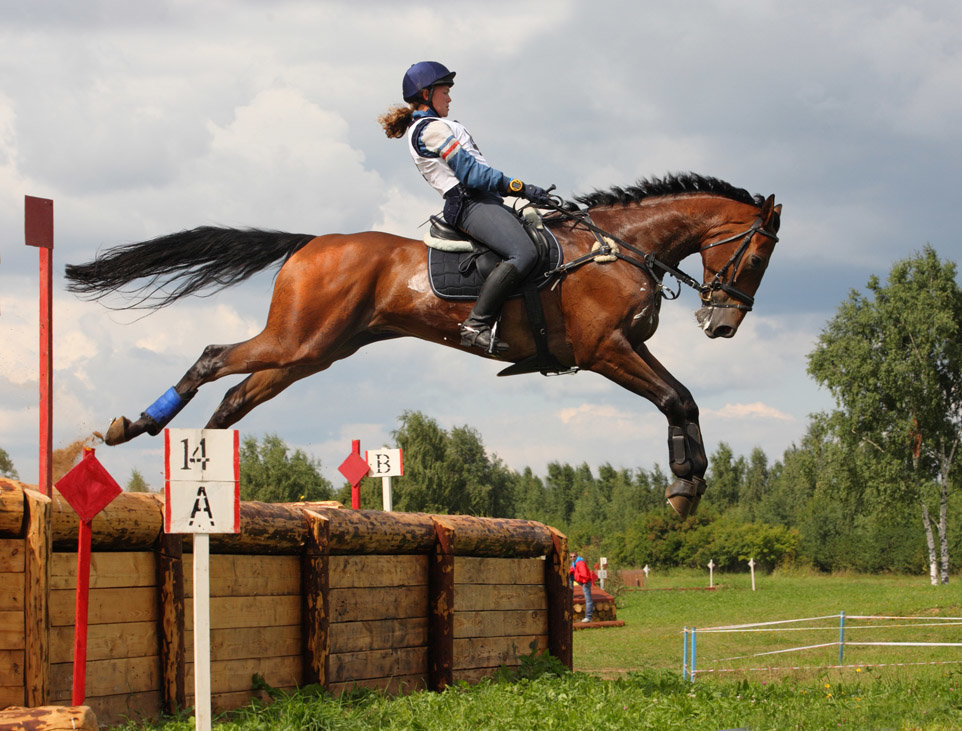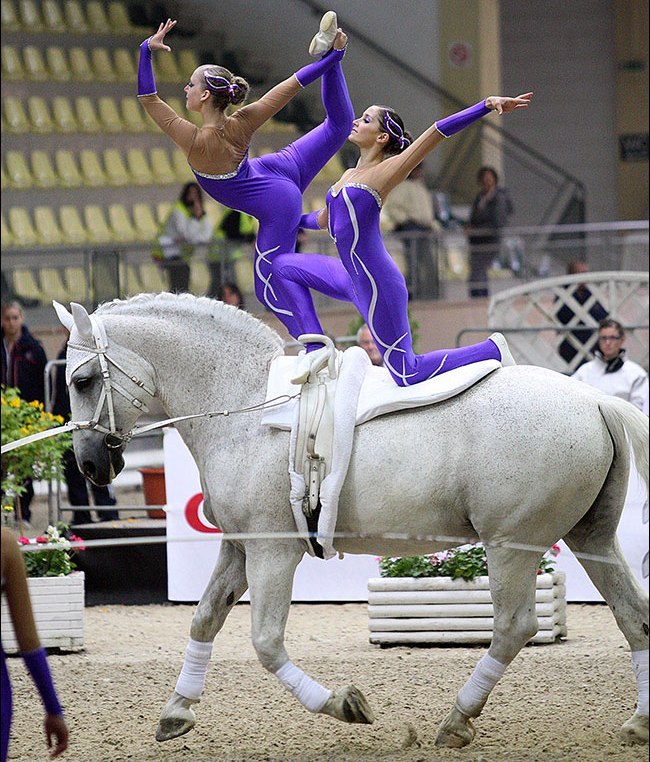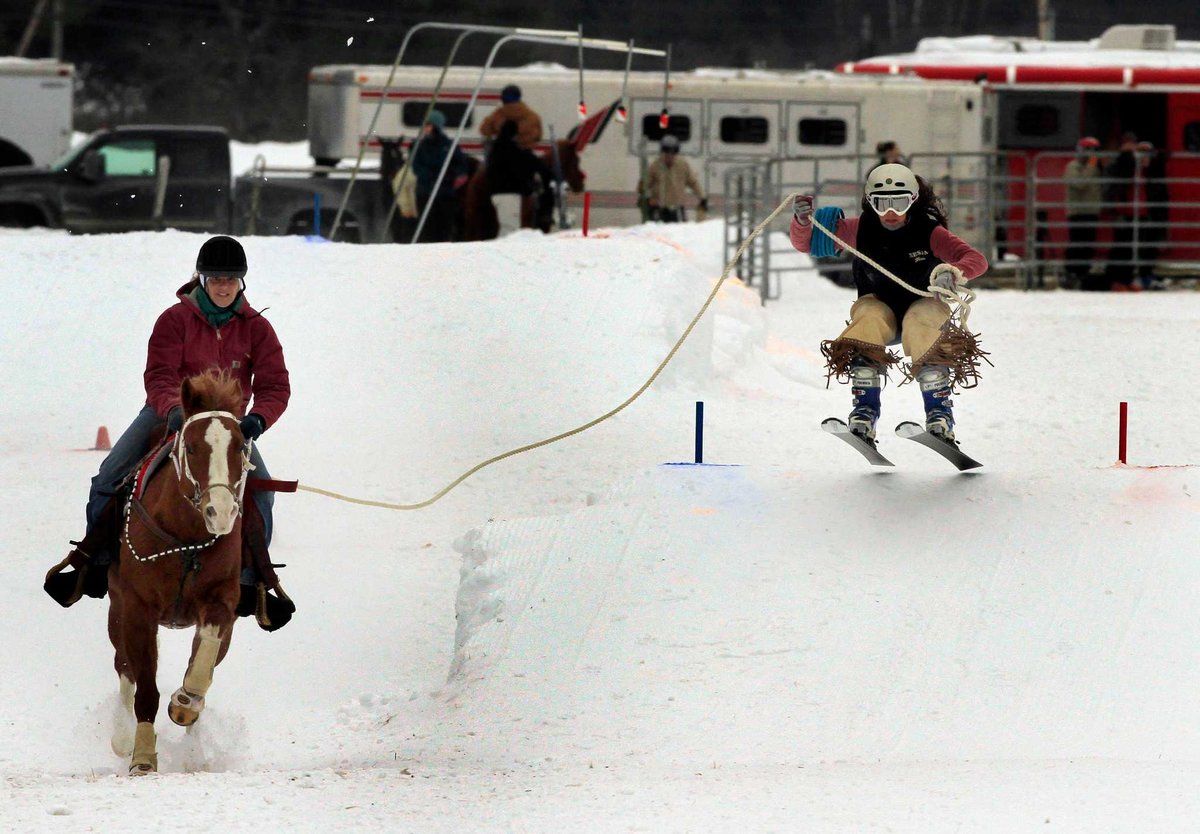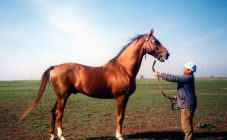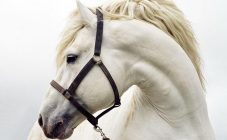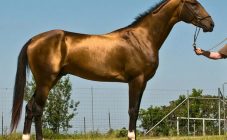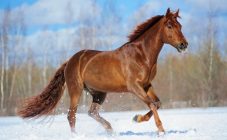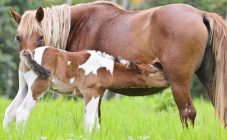Content:
Equestrian sport is popular all over the world, but it is very expensive.
Varieties of sports events
There are many sporting events in horseback riding, but the main ones are show jumping, as well as dressage and triathlon.
In addition, horse racing includes:
- trotting and cross-country runs;
- smooth races and derbies;
- steeplechase and steeplechase.
The division of equestrian events into types depends on the prestige and form of organization. Horses, for example, move smoothly in a circle without overcoming obstacles. Competitions are organized on tracks with unpaved or grassy surfaces. Opponent teams develop a certain the method for the horse to come first to the finish line - there is not always enough agility and speed to win.
Only three-year-old horses become participants in the derby. The competition is named after the Earl of Derby and is associated with his marriage. In 1870 a trophy for three-year-old stallions was instituted.
Today, the Epsom Derby is of worldwide importance to England and brings together the best athletes from different countries every year. More than 400,000 spectators cheer for them, many of whom make horse racing bets on the sweepstakes.
The steeple chase is a kind of horse hunting. The jockey's task is to drive the race at the highest possible speed, overcoming fixed obstacles on the way: walls, ditches with water, hedges. The distance is difficult and dangerous. Falls often seriously injure animals and athletes.
At races with obstacles, a rider on a horse runs 2-3 km of a track with hardels - obstacles, the maximum height of which is 1 m. In addition, horses jump over wicker fences. For the competition, horses with a high jump and speed are selected. The age of individuals is at least 3 years old.
I wonder how much a horse can ride in a day. Remote equestrian trials develop the animal's endurance and the rider's ability to correctly calculate the horse's capabilities at a distance. Competitions are organized in natural conditions along a planned route with fixing the time of the route and with the veterinary control of the horse during the race.
The speed limit is typical for horse races: for 30-40 km of distance - 16 km / h, sometimes 80-90 km per day. The speed is not limited to a distance of up to 160 km - this is how much a horse can go maximum in a day.
General provisions and ammunition
Equestrian sports are not complete without established rules for participants:
- Compulsory weighing of participants 15 minutes before the start.
- The start of the race comes from boxing. Each participant has a serial number. The race is characterized by a sequence: the stall gate opens, a signal sounds with a flag and a bell rings.
- False start is a signal for the horses to return to the stall before the correct start.
- Showing a yellow flag to the jockey indicates the need to stop and interrupt the competition for a while.
- The animal that hits the finish tape first wins.If there is more than one animal at the finish line, a fixing photo system will help out in determining the winners of the championship.
- The race ends with the hanging of the horses. If the animal loses 300 g, the result is canceled.
- The collision of animals with each other, the uncontrollability of the horse, the choice of control methods that are dangerous for horses and people are a reason for disqualification.
Competitors adhere to the requirements:
- availability of a license;
- measuring weight before the race;
- the colors of the breeches and the shirt match in tone with the clothes of the horse owner;
- equipped with a protective helmet.
Riders are provided with uniforms that include:
- whip;
- leggings;
- helmet;
- boots with small heels and flat soles.
For horse racing, a lightweight saddle with raised stirrups is used. The surface of the race area is required to be soft and even.
Show jumping
Jumping on a horse over a barrier is called show jumping. There are several types of show jumping on horses. The athlete has to overcome a segment of the distance with obstacles, which are located in a certain order, in the minimum time.
Riders are suspended from further participation if:
- there was a fall;
- the horse threw himself twice;
- the route description scheme is violated.
Dressage
It belongs to the complex types of equestrian sports. Difficult elements were removed from the competitive program, which are performed by horses only in the circus or in famous equestrian schools. The exercise was available to selected horse breeds. But now the competition has increased.
Triathlon
Sports discipline includes:
- dressage;
- cross;
- running with hurdles.
In triathlon, the composure and strength of the horse and the skills of the rider are tested. To participate in competitions, a rider must have skills and abilities. Adequate attitude to the horse's fitness and training is appreciated. They prepare for the three-day triathlon for a long time, the awards go to the hardy and efficient players.
Dressage riding
It is a type of dressage. In a demonstration show, sports horses move around the arena. The program is distinguished by its infallibility and continuity of execution.
Characteristic features of a horse:
- agility when performing tricks;
- radiation of health;
- energy.
To achieve ease of dressage requires regular training. First of all, moral preparation, which refers to unquestioning obedience in the execution of orders.
Field exercise
They are competitions for endurance and speed. The first stage of the competition starts with a light trot, which gently turns into a trotting run and ends with a gallop. The next stage of the competition includes a steeple chase - taking obstacles at a fast pace. The length of the distance fluctuates in the range of 2-4 km, barriers are fences or bushes.
During the race, horses are subjected to a veterinary examination at the third stage. When the animal is unable to work, the rider is not allowed into the final round.
The fourth stage is the obstacles that need to be overcome in the required time frame. The height of the barriers is 120 cm.A minimum of time is given to cope with difficult obstacles.
Vaulting
Represents sports competitions where athletes perform a variety of gymnastic tricks alone, together or in a group. The animal gallops round and round. The competitive program contains three components:
- mandatory;
- technical;
- arbitrary.
The judges control the mandatory part carefully. The free program depends on the creativity of the riders. The animal is trained in the arena, the technique is practiced. Experienced athletes are engaged in the development of gymnastic elements in the gait, then they gradually increase the pace.
The complexity of the program affects the jury's marks. In international competitions, vaulting is done only on a horse that is galloping. Not every sport horse is suitable for vaulting. This process is not complete without a spar, a technique that controls a horse thanks to a long rope.
The competition appreciates the behavior of the animal and the execution of commands without hesitation and reflection, which determines the safety of the vaulter. In addition, the stamina of the horse is important.
Driving, running, racing
These are horse-drawn carriage competitions, which are divided into categories depending on the number of individuals. Even ponies take part in the race. Harness types:
- for horse races for two and single;
- quadruple and tandem.
They organize races for trotting breeds. For the competition, the animal is harnessed to a rocking chair. To ensure the transport of crews, the production of trotters is started.
Skijoring and neuroing
An innovation in equestrian competition is skijoring. This is towing a skier behind a horse. Can be seen in Switzerland. Sometimes reindeer are harnessed to replace horses in this type of racing.
Reining refers to the American version of dressage. It amazes with its scale and spectacularity. In America, only rodeos are compared in popularity. They do not differentiate between participation in competitions for men and for women, which are held under the same conditions. Unlike the English variation, reining is dangerous - the execution of the ligaments occurs at high speed.
Requirements for trotters
Not all horses take part in the races. Individuals from 2 years old are allowed to race, and for derby races, stallions who are 3 years old. Theoretically, each horse can become a participant in the race, but in fact there is a specific limit for any animal.
The preparation of heavyweight horses for racing is real. But the distance of the individuals is short - nature determines the ability to lift heavy loads, and the physique does not allow the development of high speed.
Arabian horses, as well as their derivatives, are in demand in the sports world. Sometimes mongrel horses win: the prestige of the breed is not the most important thing when choosing a trotter for a race. To win, it's time to focus on the condition of the horse:
- constitution;
- burrows;
- indefatigability;
- appearance.
The racing animal is different:
- good build;
- muscular development;
- agility;
- obedience.
Horse racing has been popular for a long time. Initially, the task of the races was to establish a breeding individual. Some equestrian disciplines are related to martial arts. For example, triathlon was used to evaluate military horses, to which strict requirements were imposed.
Sport horse technology affects tournament results. A sports horse is like a device that requires regular exercise and restorative manipulation:
- solarium;
- acupuncture;
- swimming in the pool.
In sports horse breeding, the preservation and reproduction of the horse breed plays an important role. When knitting horses, applicants with good heredity and thoroughbred are used. Use manual mating or artificial insemination.
At the birth of a foal, a passport is filled out, which includes:
- gender and color;
- name and time of birth;
- information about the parents and the signs of the horse.
For the growth of the livestock, as well as for the taking of prizes by horses at the championships, excellent health is required. Therefore, care consists not only in washing and feeding horses, but also in timely veterinary care: vaccinations, expelling infestations, and treatment, if necessary.
